On the 5th day of travelling through Greece a field trip in May, we arrived in Ancient Corinth in the late evening after a long day of driving and exploring in Northern and Central Greece.
Ancient Corinth is located on the peninsula of Peloponnese, on which we spent the last day of the roadtrip before settling in Athens for three days. We stayed at a hotel in Ancient Corinth, which was the first site that we explored the next day.
Ancient Corinth, which is located approximately 5 kilometers from the modern city of Corinth, holds the remains of an ancient city-state, which has been almost continuously investigated and excavated since 1896. In 400 BC, Ancient Corinth was at its peak with a population of over 90,000 people, making it one of the largest and most important cities in Greece at the time. In 146 BC, the city was destroyed by the Romans, and in 44 BC a new city was built on the site of the demolished city. The new city was a major provincial capital with a mixed population of Romans, Greeks and Jews.
We spent quite a while at the site, as there’s a lot to see at both the ruins and the informative museum. To me, Ancient Corinth was one of the most beautiful places we’d visited in Greece (after Delphi and Meteora, of course), and I was pleasantly surprised as I hadn’t expected such amazing views and such well-preserved ruins.


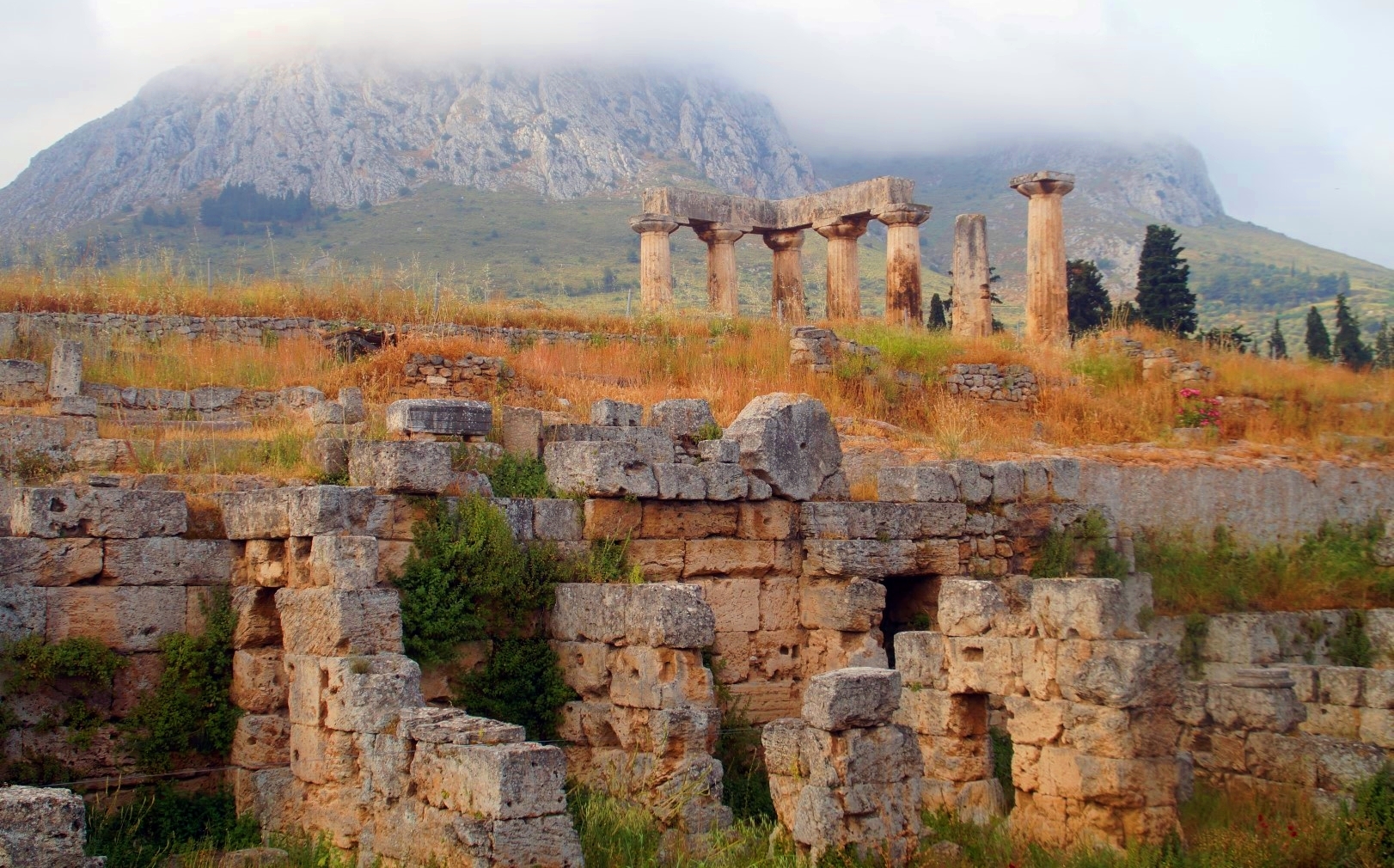



When we had explored Ancient Corinth, we were off to Mycenae, a site that I’d been really excited to see. Mycenae is the ruins of one of the two greatest cities of the Mycenaean civilization (15th-12th century BC), which played an important role in the development of the classical Greek world. The city is also linked to the Homeric epics, the Iliad and the Odyssey, both of which I read when I studied Ancient Greek in high school.
The site of Mycenae was built upon a hill rising 900 feet above sea level around 1350 BC, which was also when the city was at its peak with over 30,000 people. At places like Mycenae, one can really feel the presence of history, and to me it’s always fun to imagine what life was like back when the place was flourishing.
We spent two hours exploring the ruins of the famous tholos graves and shaft graves and walking to the top of the palace. Because there is so much to see at the site, we had almost no time for the museum, so I think we spent maybe 10 minutes in there just quickly seeing the artefacts and taking pictures of the information about the artefacts that we wanted to know more about. In other words; two hours is nowhere near enough for Mycenae!
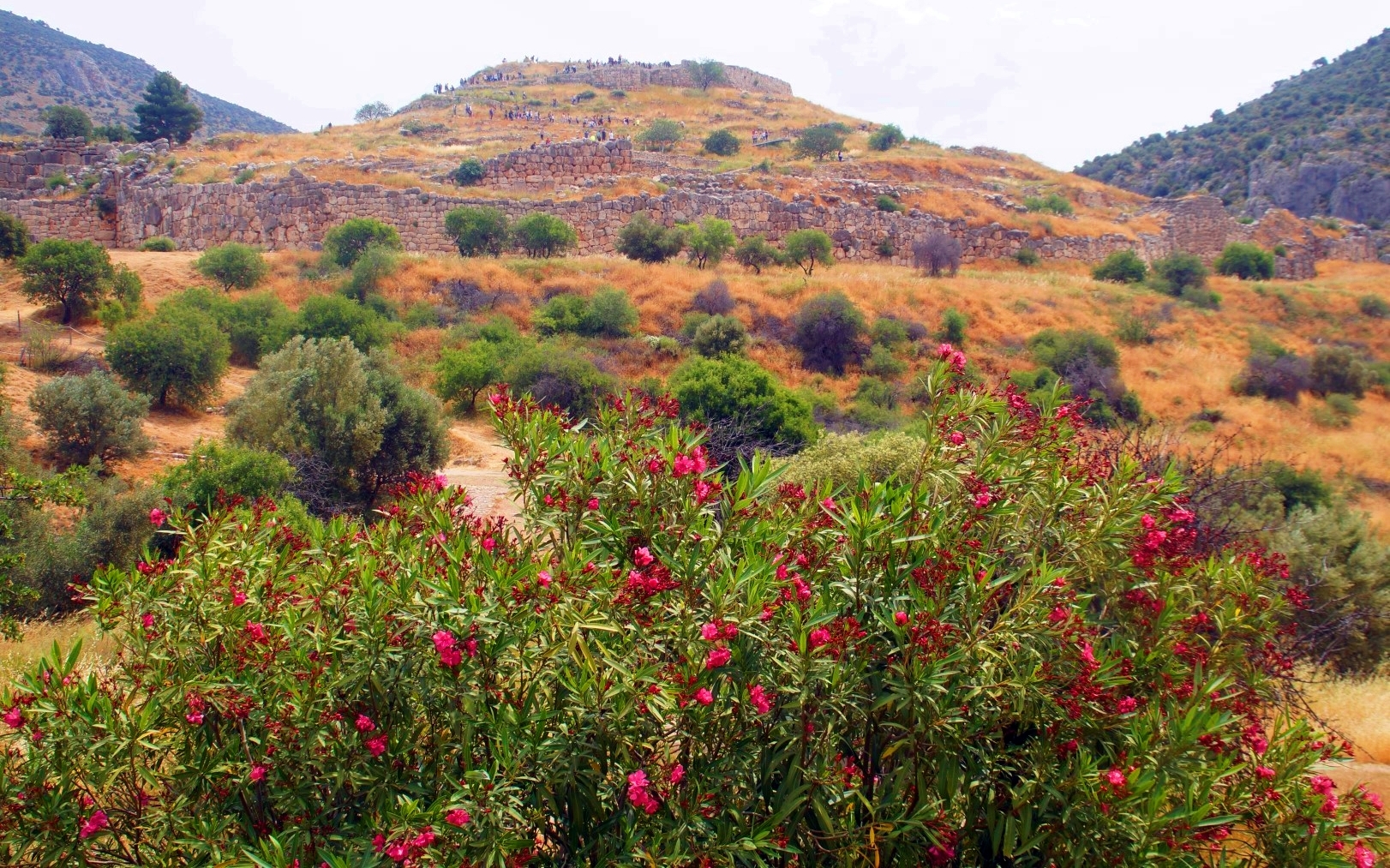




Next up was Lerna, a place that is notable for its many archaeological sites, reaching as far back as the Neolithic with remains from the 5th millennium BC. The most famous archaeological site in the area is the House of the Tiles, which dates to the Early Helladic Period II (2500-2300 BC). The House of the Tiles is a two storey-building with several architectural features that were quite advanced for its time, such as its roof made of baked tiles (hence the name of the building).
We spent half an hour there, which was not much, but the place is small and quickly seen.

The last site of the day was Tiryns, the second of the two most important cities of the Mycenaean civilization. Just like Mycenae, Tiryns is also linked to the Iliad and the Odyssey.
Tiryns was a hill fort, which was occupied since Neolithic times in the middle of the 3rd millennium BC and through to the Mycenaean period, where a circular palace was built on the site. The palace appears to be a fortified place, which has been suggested to be a place of refuge for the city’s inhabitants during times of unrest or the residence of a ruler. Tiryns reached its peak between 1400 and 1200 BC, where the city became one of the most important centers of the Mycenaean civilization, together with Mycenae.
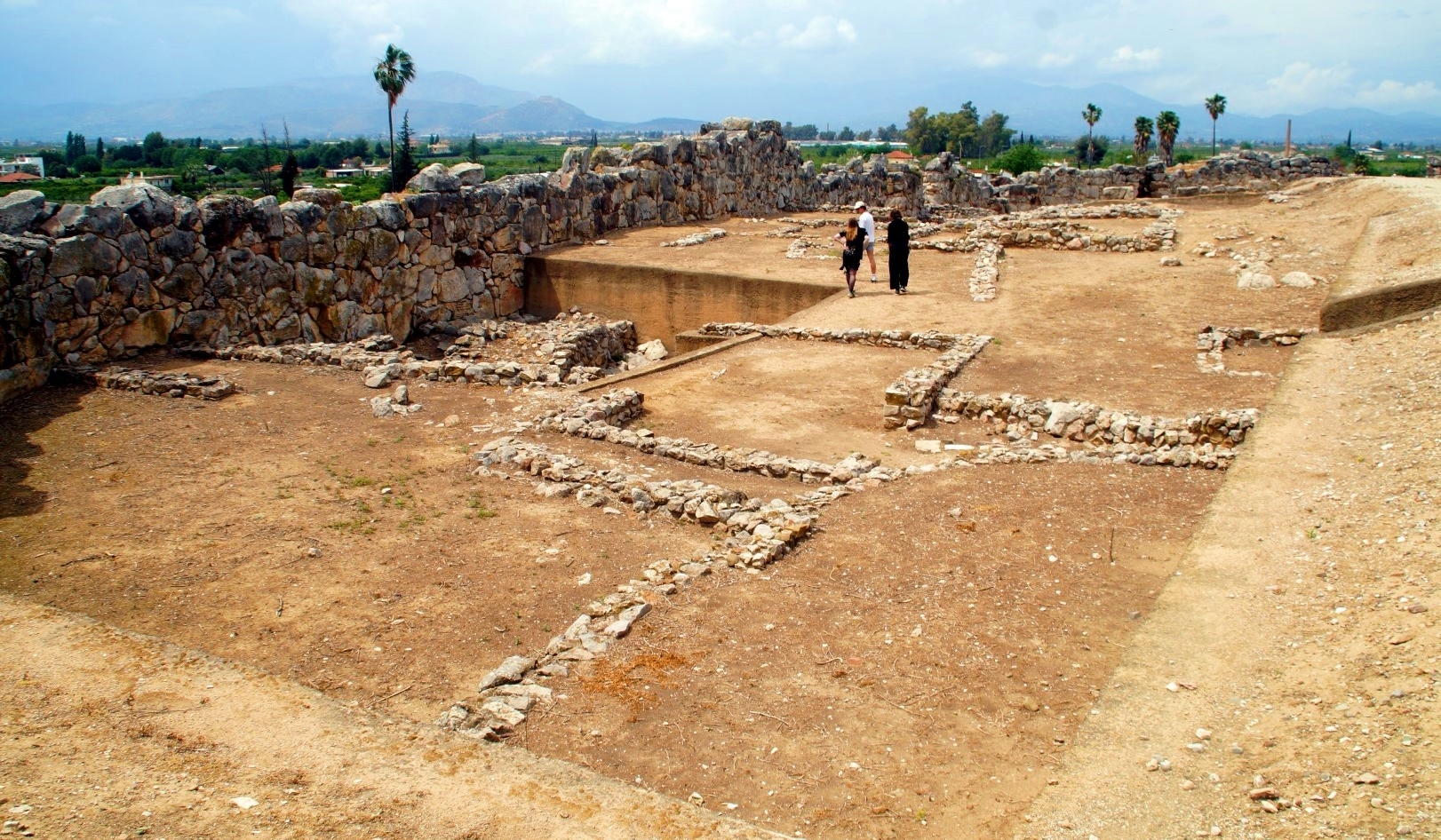

Tiryns was the last site on our journey around the Greek mainland and Peloponnese. We headed to Athens at 3 PM and said our goodbye’s to our friendly bus driver, Dimitri. I was sad to see him go as he had been great and he even told us that we were the best group he’d ever driven!
Lula, Amanda and I spent that first evening in Athens together shopping for new shoes (look below, mine were completely falling apart!) and eating great local food. It was exciting to finally be back in Athens, one of my favourite European cities, but our time there deserves its own post!

Leave a Comment
Pingback: My August 2018: Moving away from Copenhagen – Northtrotter on 16/08/2018
Pingback: My 18 favourite new destinations of 2018 – Northtrotter on 16/08/2018
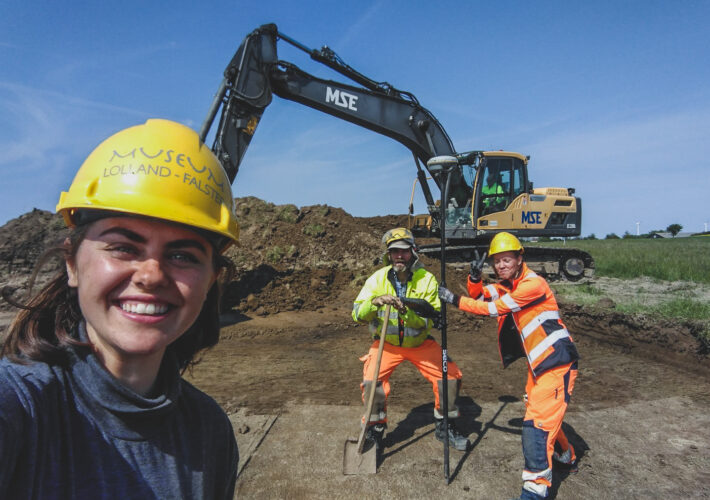
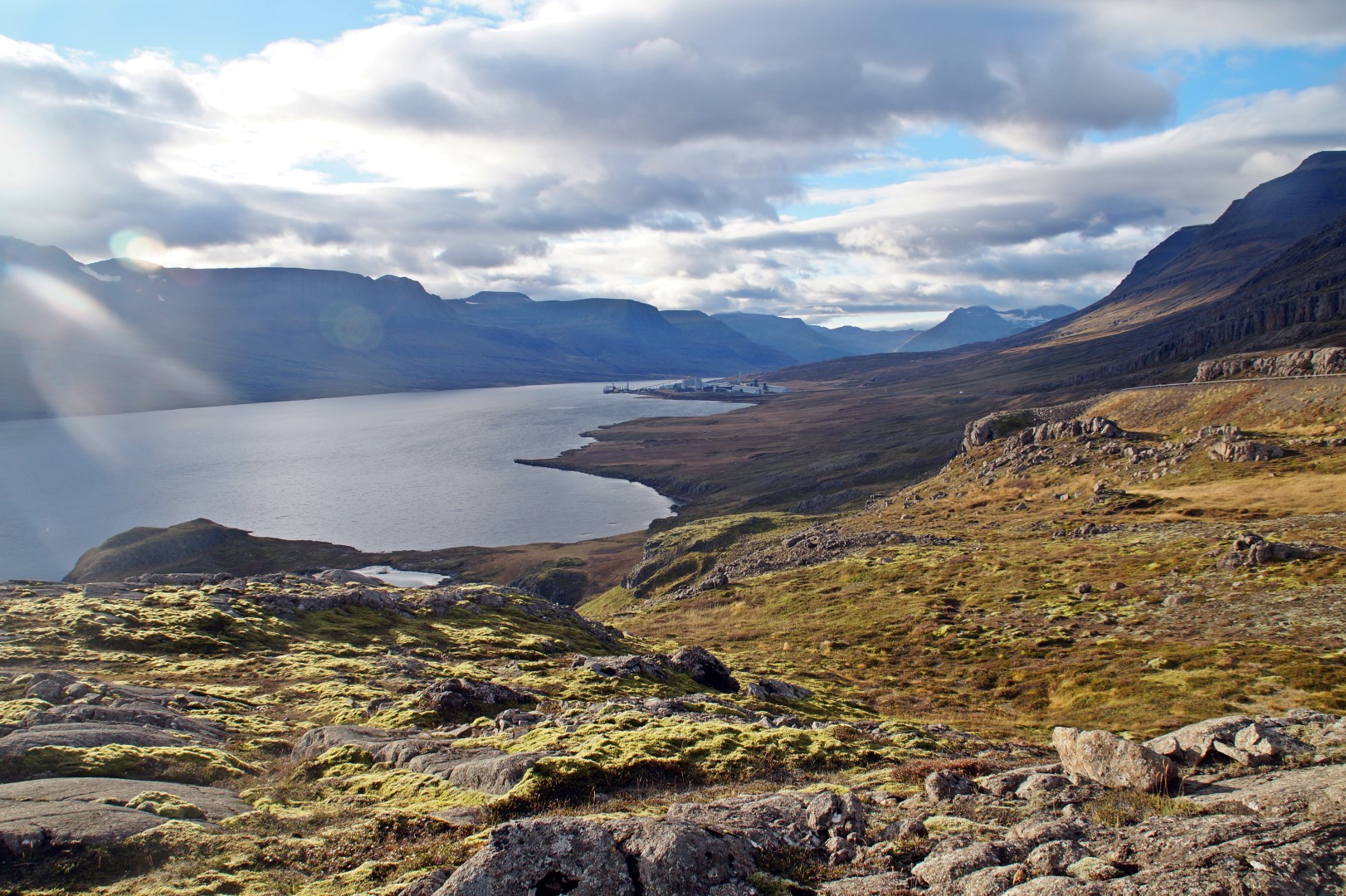
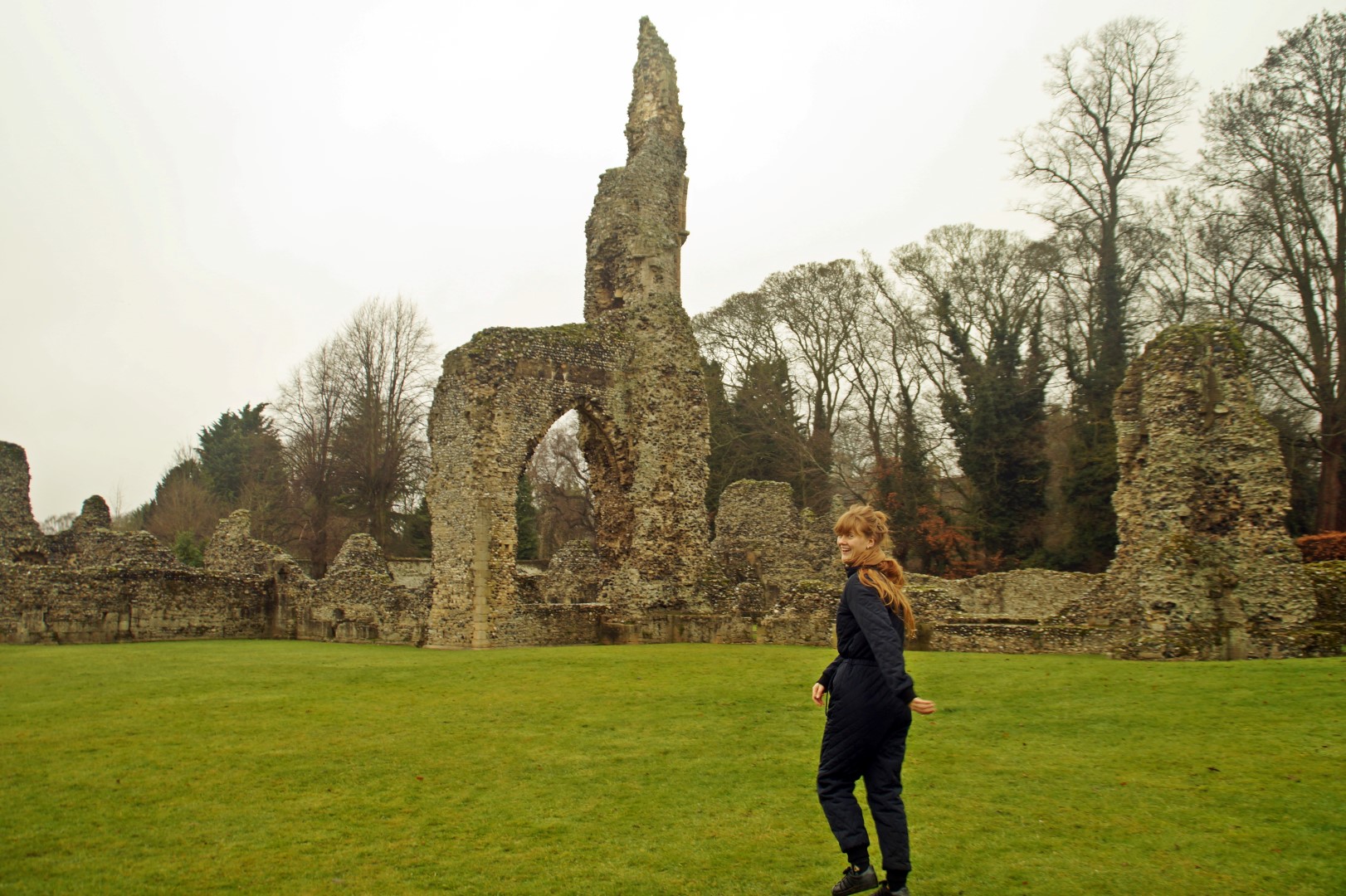

2 COMMENTS